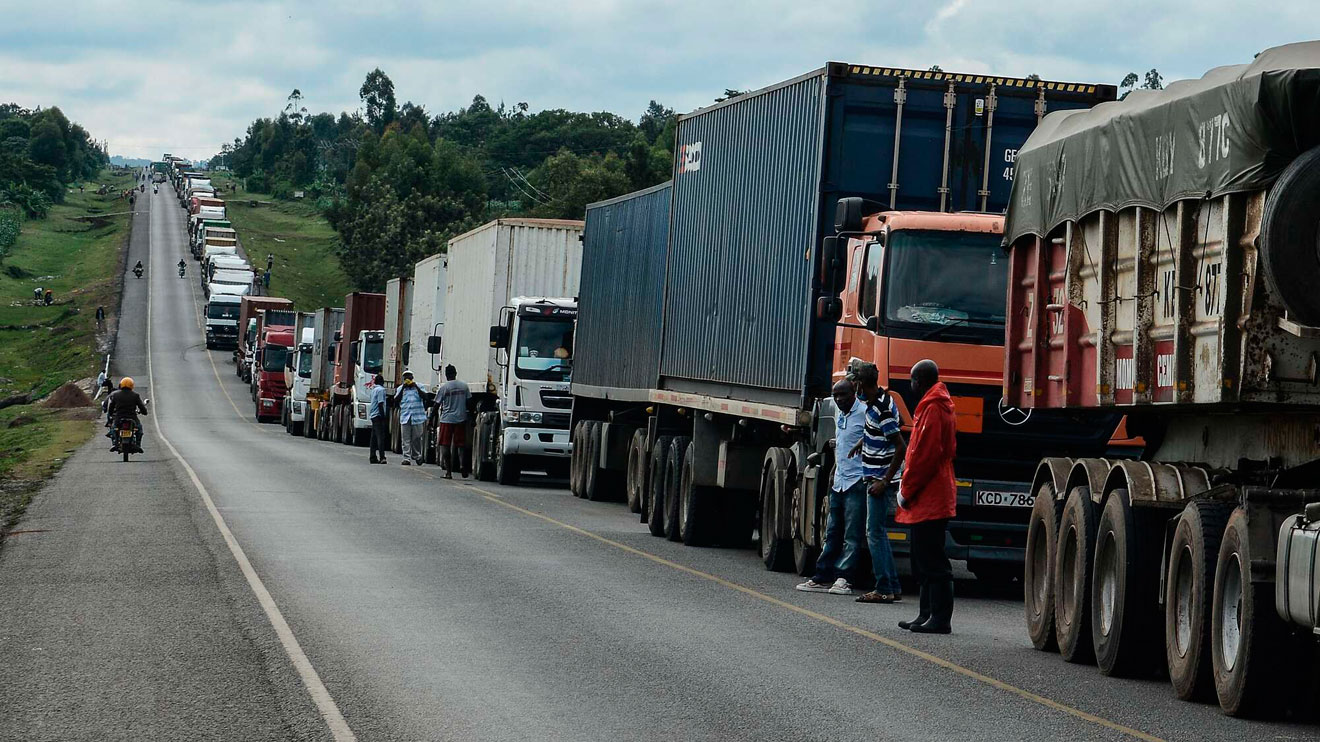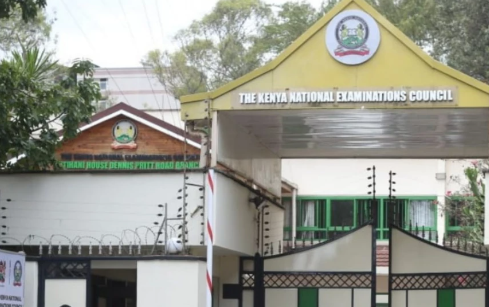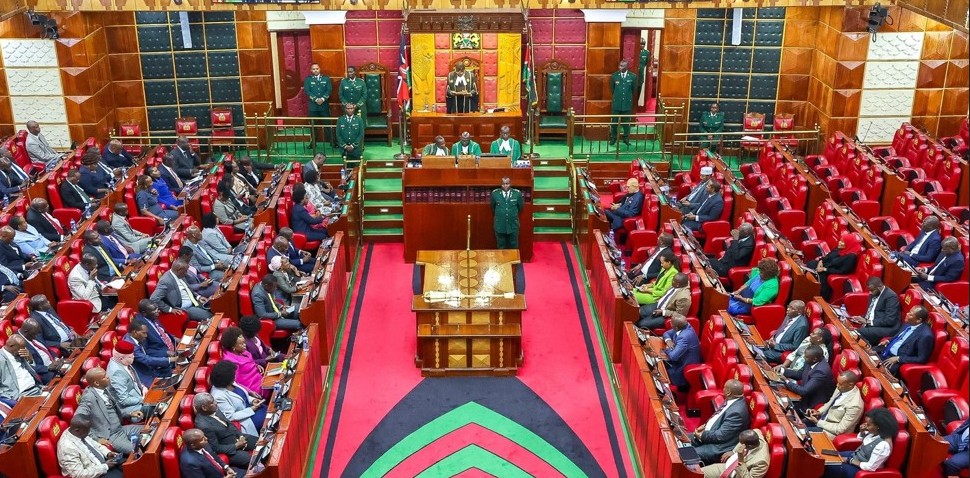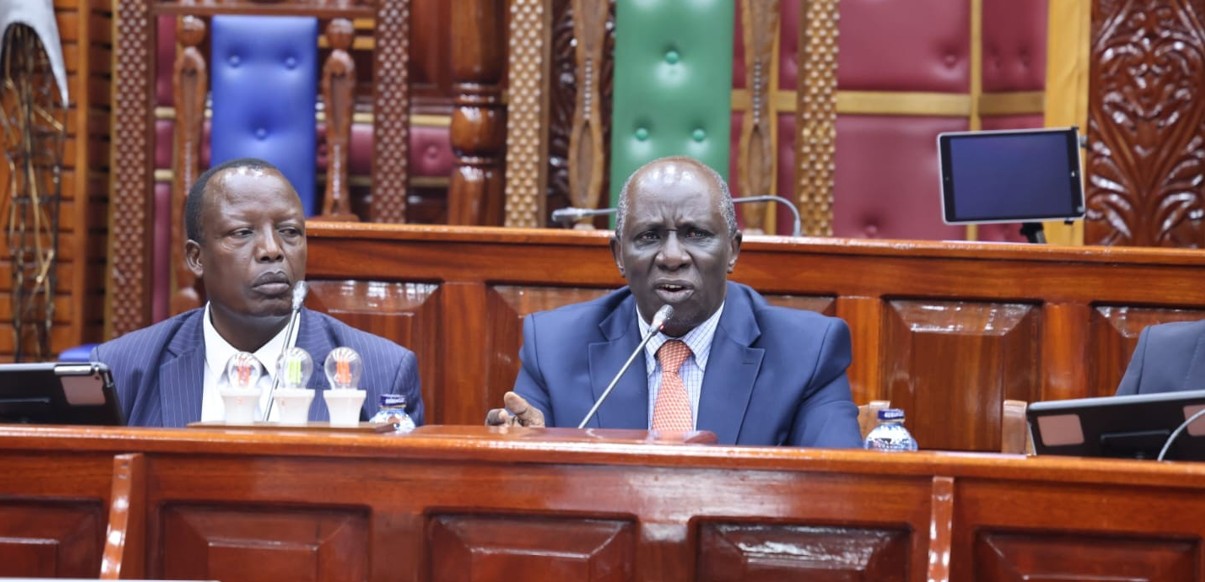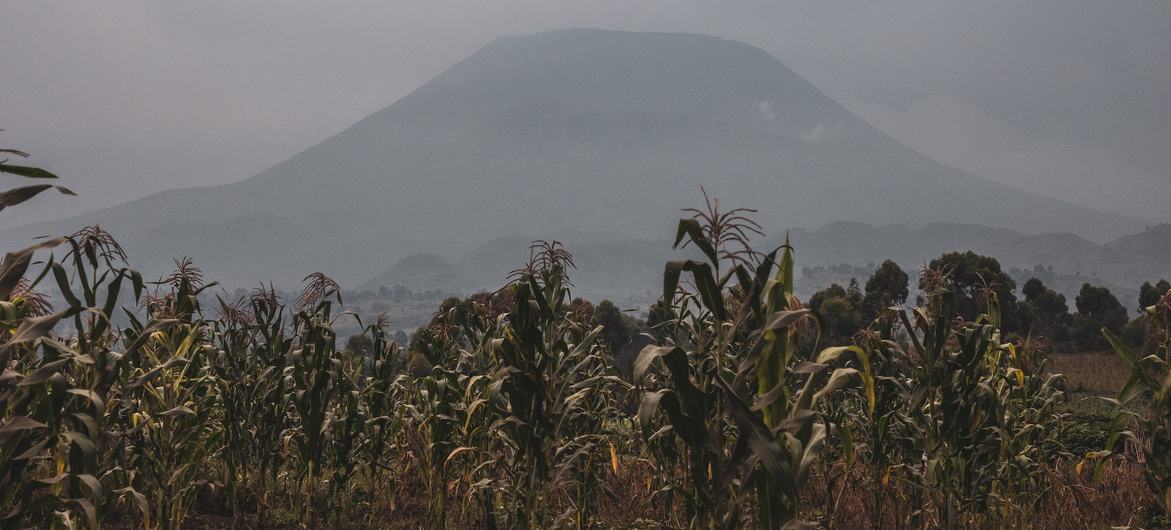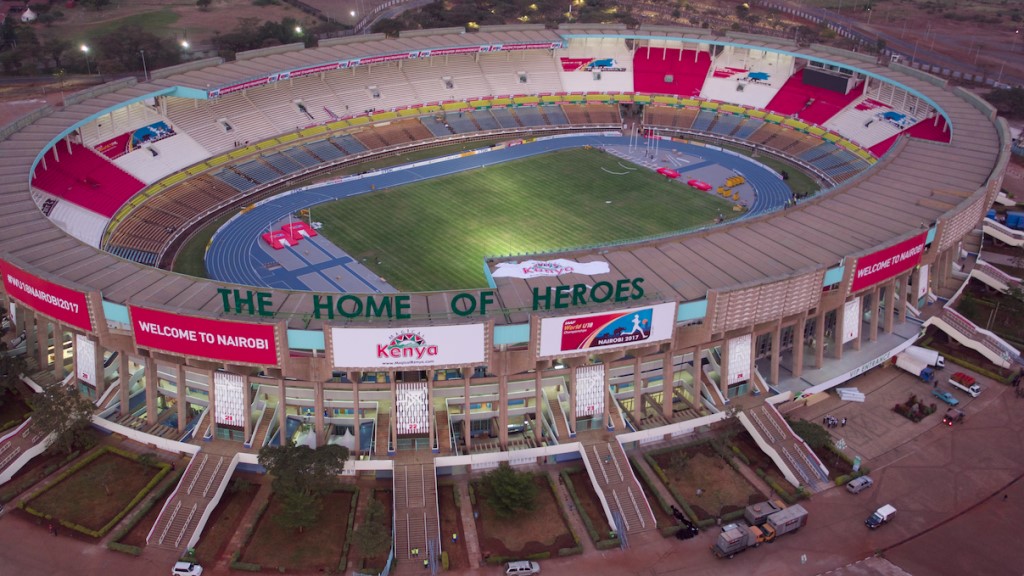Alarm over escalating ASAL community conflicts amidst growing climate disasters
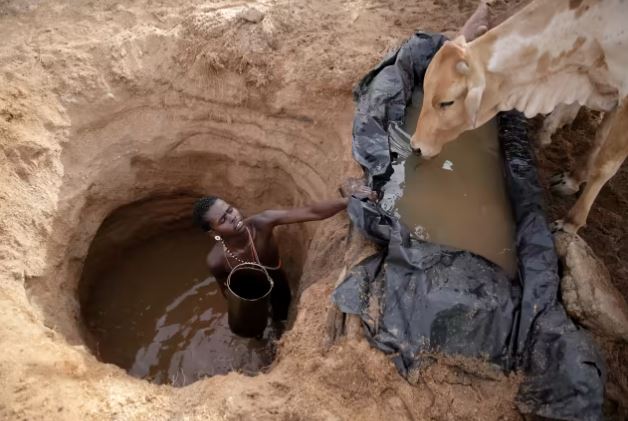
The KIPPRA study report says Kenya, as well as other parts of Africa, will experience greater climatic variability and increasing rates of drought in the coming decades.
There is a growing threat of continued community conflicts in Kenya's Arid and Semi-Arid Lands (ASAL), over access to pasture, arable land and water, a study has warned.
This is on the back of the exacerbating climate disasters such as drought that has hard-hit the country over the past years.
More To Read
- Why government’s drought emergency plan failed- PS Kello Harsama
- CS Duale urges UNHCR to address deforestation in Kenya's refugee camps
- Beatrice Askul Moe set to make history as Kenya's first female CS from Turkana if approved
- Kenyan pastoralists to benefit from Sh6.1bn climate change adaptation programme
- Community mobilisers for livestock project expected to benefit 375,000 pastoralists unveiled
- Pilot project for digital literacy launched in Garissa, targets frontier counties
Conducted by the state-owned research agency, the Kenya Institute for Public Policy Research and Analysis (KIPPRA), the study report says Kenya, as well as other parts of Africa, will experience greater climatic variability and increasing rates of drought in the coming decades.
This is expected to intensify resource shortages in the country's ASAL regions such as Baringo, Garissa, Isiolo, Mandera, Marsabit, Samburu and Turkana.
Without decisive immediate action, the research firm says the outcome would be increased community conflicts, as competing groups struggle over resources.
"Pasture, arable land and water have dwindled over the years, and population and settlement have increased, hence reducing the land available for pastoralists to graze their livestock," the report reads.
"Pastoralist conflicts in Northern Kenya, for example, have been described as some of the world's first climate conflicts. These conflicts sometimes result in the death of livestock, which is the main source of the ASAL communities' livelihood."
It adds that in 2013, the fighting in Marsabit between Borana herders and Burji farmers, which left at least 56 people dead, is related to historical clan rivalries that are exacerbated by competition for water, pasture and land.
Ideally, conflict over natural resources may arise either directly in the battle for livelihoods or indirectly as a consequence of migration, with some experts arguing that a climate change-induced reduction in the quantity and quality of natural resources increases the risk of conflict.
They further argue that migration could lead to the rise of violent conflicts through four different channels: competition for resources, ethnic tension, distrust among origin and host area, and socioeconomic fault lines.
Besides the resource constraints, Kippra says community conflicts are also driven by politics, which together, are increasingly becoming big drivers of insecurity in ASAL counties and the country in general.
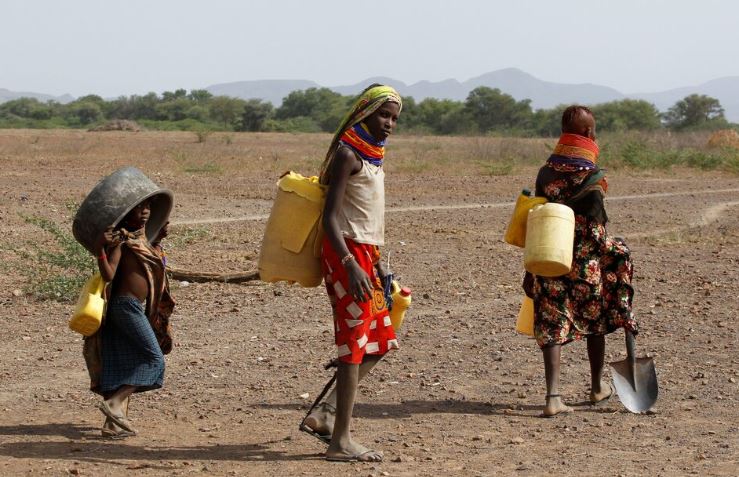 Turkana tribe women carry jerrycans as they search for water at the Lorengo village of Turkana North in Turkana county Kenya, July 19 2022. (Photo: REUTERS/Monicah Mwangi)
Turkana tribe women carry jerrycans as they search for water at the Lorengo village of Turkana North in Turkana county Kenya, July 19 2022. (Photo: REUTERS/Monicah Mwangi)
"Evidence from Tana River, Mandera, Wajir, Isiolo, Moyale and Marsabit point to the fact that politics of resource access, ownership and control is a key driver of insecurity in these regions," the report reads.
Regions most prone to resource-based conflicts
For the past five years since 2018, Marsabit, Samburu, Isiolo, Kitui, and Laikipia are ranked as the top five areas experiencing a rise in conflicts over water points during drought periods."
During the 2017/18 and 2020/21 drought, Laikipia and Samburu counties experienced resource-based conflicts that necessitated the government to send the military to restore peace in Laikipia where animals had invaded ranches, the report says in part.
"Similarly, Marsabit experienced water-based conflicts in 2013, 2015, 2017, 2020 and 2022 that resulted in deaths of livestock and loss of human lives."
In terms of conflicts over pastures, Kitui, Samburu, Isiolo, Laikipia, Tana River, Garissa and Marsabit top the list of the top seven counties that experienced incidences of pasture-based conflicts during periods of drought.
Concerning the conflict over land, coincidentally, Samburu, Marsabit and Isiolo counties again top the list of the counties that experience conflicts over land during periods of drought.
Overall, the report lists Samburu, Isiolo, Kitui, Marsabit and Laikipia as the top five counties which experience conflicts over water, pasture and land resources.
"Marsabit tops the list with incidences of water conflicts while Samburu tops the list with incidences of conflicts over arable lands. Kitui tops the list with incidences of conflict over pasture/grazing lands, during droughts."
Other counties among the top 10 that experience conflicts over water, pasture or land resources during periods of droughts include Turkana, Baringo, Tana River and Garissa.
To prevent these conflicts from growing amidst the looming climate crises, the state-owned research firm says first, the government should focus on initiatives that are sensitive to the interests of the pastoral communities.
This by creating migratory routes regulated by county governments to avoid conflict.
Second, it says there is a need to take measures to ensure increased availability of water in the face of the increasing effects of climate change, including the promotion of water recycling and water harvesting technologies to increase water availability for livestock and human population.
Nevertheless, it notes that there is a need to clarify land rights by having clearly defined property rights, such as the issuance of title deeds to enable communities to use their local resources to prevent conflict over land.
"Lastly, while we focus on disaster risk management to mitigate the effects of climate change, climate adaptation and mitigation needs to be included as an integral part of conflict prevention and management."
Top Stories Today
